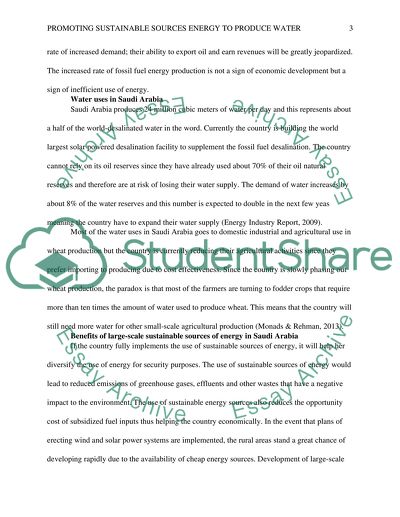Cite this document
(“Promoting sustainable resources energy to produce water in Saudi Essay”, n.d.)
Promoting sustainable resources energy to produce water in Saudi Essay. Retrieved from https://studentshare.org/environmental-studies/1494590-promoting-sustainable-resources-energy-to-produce
Promoting sustainable resources energy to produce water in Saudi Essay. Retrieved from https://studentshare.org/environmental-studies/1494590-promoting-sustainable-resources-energy-to-produce
(Promoting Sustainable Resources Energy to Produce Water in Saudi Essay)
Promoting Sustainable Resources Energy to Produce Water in Saudi Essay. https://studentshare.org/environmental-studies/1494590-promoting-sustainable-resources-energy-to-produce.
Promoting Sustainable Resources Energy to Produce Water in Saudi Essay. https://studentshare.org/environmental-studies/1494590-promoting-sustainable-resources-energy-to-produce.
“Promoting Sustainable Resources Energy to Produce Water in Saudi Essay”, n.d. https://studentshare.org/environmental-studies/1494590-promoting-sustainable-resources-energy-to-produce.


